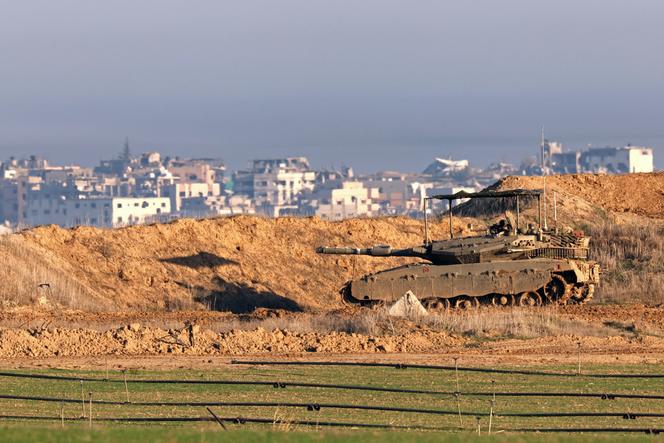


The Gaza ceasefire agreement announced on Wednesday, January 15, by US President Joe Biden is a complex piece of machinery, the smooth running of which will be supervised from Cairo by three guarantor countries: the United States, Qatar and Egypt. The agreement, due to take effect on Sunday, January 19, involves a series of incremental measures, divided into three phases, designed to bring the war between Hamas and Israel to a definitive halt.
The agreement provides for the release of 98 Israeli hostages (94 captured on October 7 and 4 kidnapped earlier), some of whom are presumed dead, in exchange for several hundred Palestinian prisoners, the gradual withdrawal of Israeli forces from the coastal enclave, the entry of humanitarian aid into the territory and the return of displaced Palestinians to their homes.
During the first phase, scheduled to last 42 days, Hamas is expected to release 33 Israeli captives, including all women, children and men over the age of 50. According to a source familiar with the matter, quoted by Reuters, these hostages will be released each week in groups of at least three. In return, by the end of the first phase, Israel is expected to release all women and Palestinians under the age of 19 arrested since October 7. The total number of Palestinians released, which will depend on the number of hostages released, could be between 990 and 1,650, said the source. According to the Israeli press, some of the detainees, notably those from the West Bank convicted of blood crimes, could be deported abroad.
You have 58.63% of this article left to read. The rest is for subscribers only.
